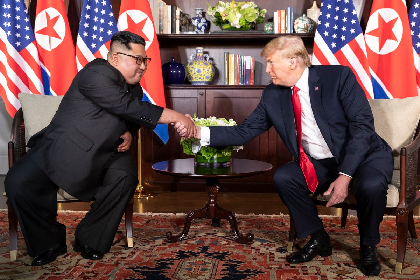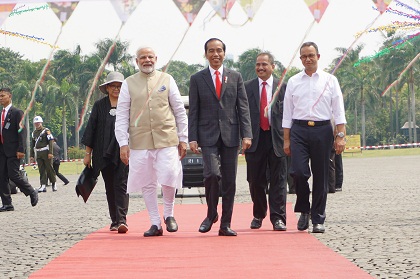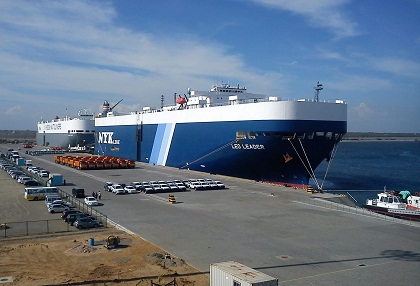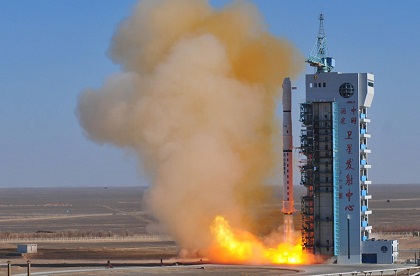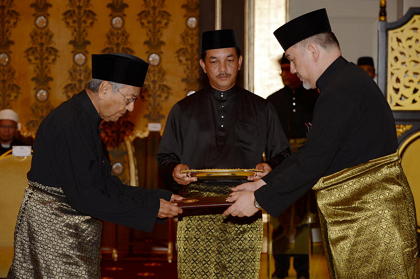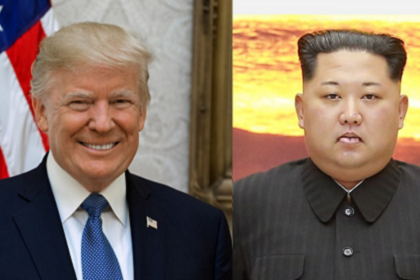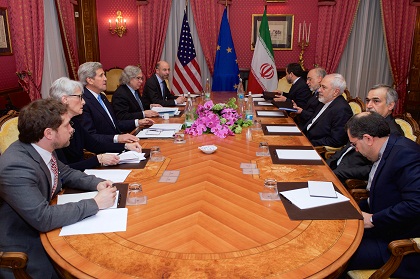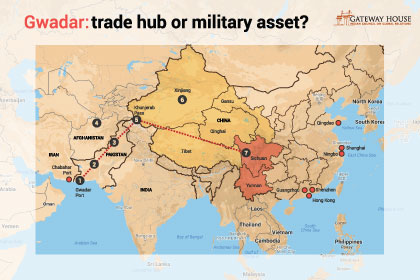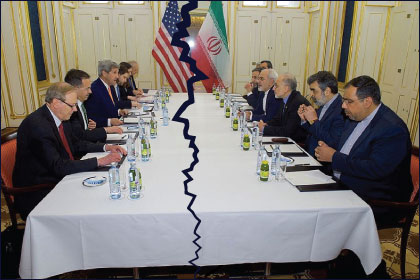Singapore@summit: More than a Little Red Dot
The $20 million price tag is a low-cost campaign fee for a country that’s transforming its branding from being “a little red dot” on the shopping map, to becoming a precisely and globally positioned summit state that counts


